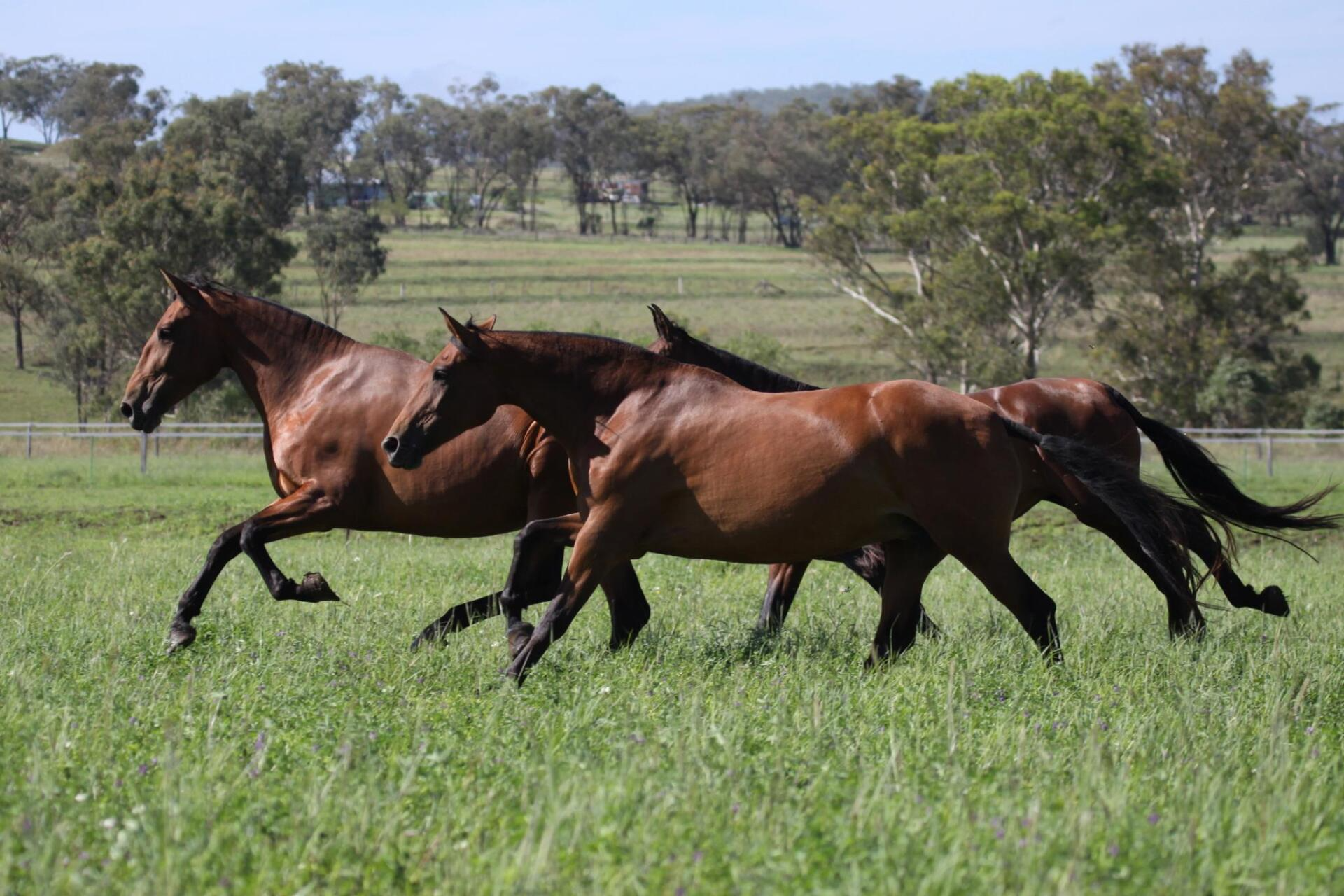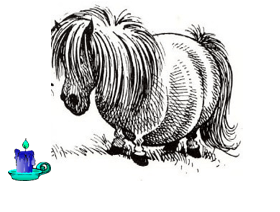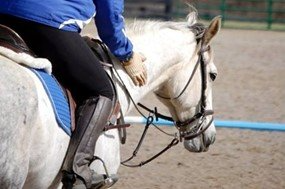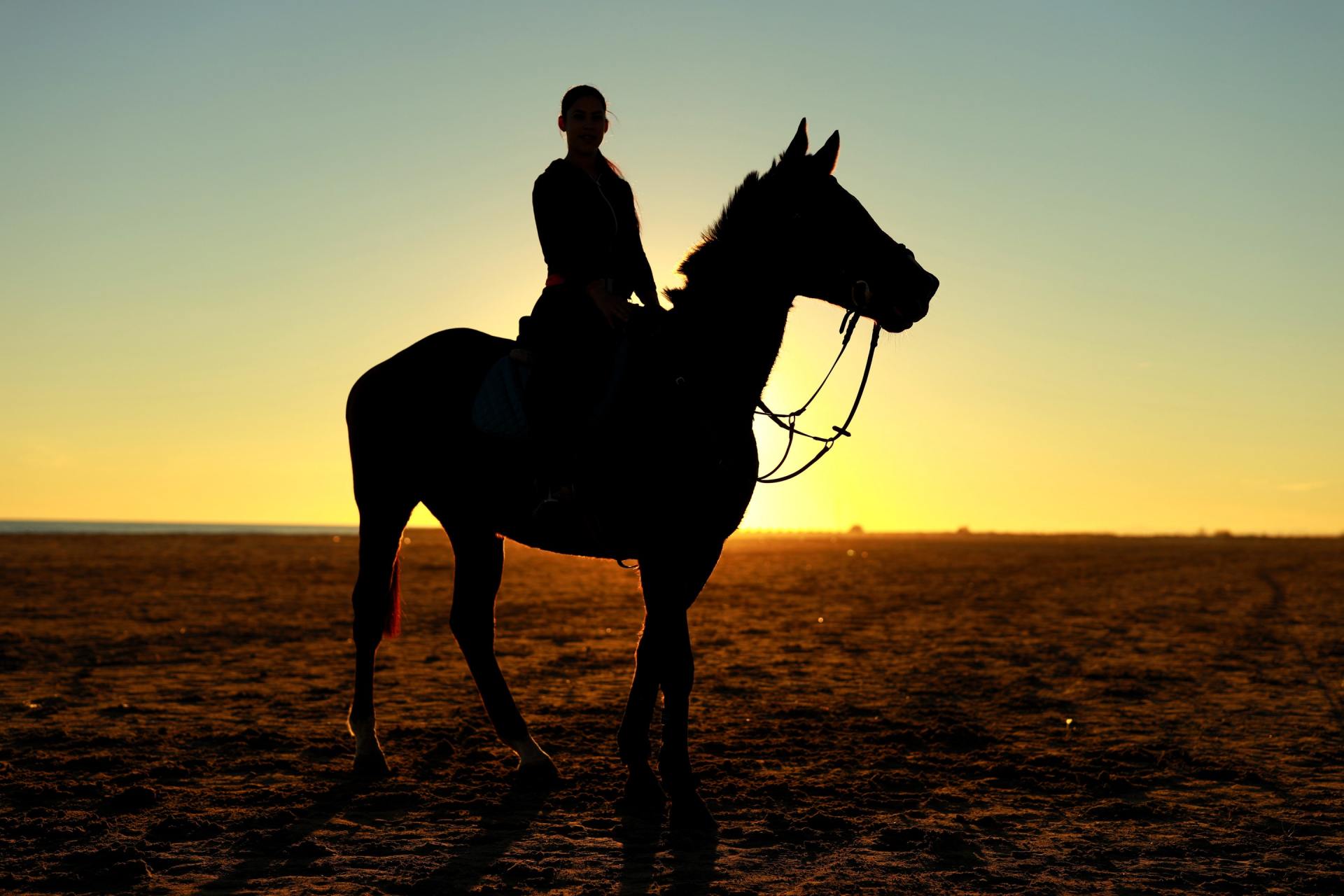By Jai Warner
•
09 Jun, 2021
LIGHT READING ANOTHER HORSE OWNER IS BORN So you've bought yourself a yearling? Congratulations, you're in for a lot of fun. The breaker confides that he likes your filly very much. Words and phrases like 'Intelligent', 'smart on her feet', 'quick learner' and 'lovely mover' come forth. He broke in last years Oaks winner and your filly is at least as good as she was at the same stage. If anything yours is better. How easy is this? Your trainer isn't the sort of bloke who gets carried away, he tells you, but honestly this filly could be anything. He doesn't want to get your hopes up too high, but he suggests you buy her younger brother before your barrier trials. And by the way have you paid up for her for the Slipper? Make sure you do. Months later your trainer has her moving along at three-quarter pace. Words like 'freak', 'champion' and 'do you remember a filly that used to race called Toy Show', come down the phone lines, even though he reminds you that he's trained so many winners he can't remember. He adds that 'mum's the word' and not to tell anyone, even your own mother about her ability or she'll start in the red at her first race. He rings you one day. You nearly have a heart attack getting to the phone, she's a little shin sore. Nothing to worry about. We could persevere and race her, but she's too good to risk. We'll put her away for the big races later on. You plan your holidays from work so you are free around Golden Slipper time. The day arrives. She's entered in a barrier trail. You're there with the wife and kids, new binoculars and stop watch around the neck. You spot her before the trial. To your untrained eye she looks a bit like Bint Marscay, only bay. The trainer calls you over and divulges that 'you don't get any money for barrier trials'. You don't want to show her up do you? You'll get a better price for her if she lobs along behind then and gets a bit of experience. Of course she runs last. The trainer gives you the impression that he's delighted with the run. He introduces the jockey who rode her. He squeaks out something you don't quite catch and the trainer beams. So you beam. Now the big day comes. She's entered in a Maiden at Gatton and you can hardly contain yourself when she's quoted a 25/1 in the paper before the race. You do a few quick calculations in your head and dollar signs drown your thoughts of what you are going to do with all the winnings. You buy a new suit and tie to match your filly's racing silks. You later discover that you are the only person at a Gatton wearing a tie. You meet the trainer half and hour before the race and for the first time you notice he has a nervous twitch. You notice a sense of hesitancy, an aura of tentativeness about him that you hadn't noticed before. Now phrases like 'it's pretty hard to win first up', 'don't want to knock her about' and 'she'll be improved by the run' flow from his lips. You ask if you should back her. Maybe have something going each way. 'I wouldn't be going mad'. She runs last. 'Kingston Town got beaten at his first start' and 'she's still very green' come from the trainer. ''Is that her back there' and 'why didn't she win' come from the kids, and 'we could have had a pool for the cost of this animal' comes from the wife. Like a parent with an ugly child, you just have to make the best of it. Your expectations drop just a smidgen. Instead of the Golden Slipper you leaf through the calendar looking for a maiden at Esk. Your trainer relates the Reckless legend - he had over 200 starts before he won a race. Super - another 199 starts to go. Further training bills and nine runs later things haven't improved. Prior to her first run your cheque for her training expenses was in the return mail, but now you are almost two months behind with the payments. You call the bloodstock agent again. He tells you the market has dropped. It's a pity you raced her, she would have been worth more if she hadn't raced. Didn't the trainer tell you she was a 'cockroach'? By now your enthusiasm hasn't just waned, it's been totally destroyed. Not only have you stopped driving hundreds of miles to see her but you don't even bother listening to her race on the radio or you wouldn't even if they broadcast the Surat meeting. The filly has a spell. And your attitude has changed, instead of insisting that she has nothing but the best, you haggle the agistment property over the rates and suggest they just put her into the back paddock with the sheep. 'She doesn't have to be hand fed in the winter does she?' 'Aren't horses supposed to eat grass'. Perhaps a change of trainer is the answer, someone with a different (and cheaper) training technique, but not some twitchy con man. Your butcher recommends a mate in Ipswich who trains greyhounds but is willing to give racehorses a go. He sounds perfect. And it doesn't really matter that he doesn't have the phone on, you can communicate by letter if need be. He enters her in a race at the Warwick Picnics. This sounds like fun! This is what racing is really all about. People tell you that Robert and Jane Grieve usually go to this meeting. It's supposed to be lot of fun. Picnics from the boot of the Holden, champers and pate. All that sort of thing. You should make a weekend of it. You buy a cravat in your filly's racing colours and turn up in Warwick with the wife and kids. It's pouring rain and the family want to go back to the motel to watch the midday movie. To your untrained eye your filly, which you hadn't seen for three months, looks like a refugee from knackery. She's decidedly thin. But your trainer tells you in broken English that she's as fit as she can be and he's done his best to get excess weight off her. She ran a long last and you get back to the motel in time for Neighbours. The following week you receive a postcard from the trainer telling you he is going to Malta to care for his invalid mother. The filly returns to the agistment farm and your receive a whopping vet bill. You enquire as to how long horses usually live and are told up to 25 years or so. Oh well, just another 22 years to go!!!!!!!!!






